Summer garden pests and diseases

Many common garden pests emerge as the warmer months ensue. By mid to late summer, if allowed to proliferate unchecked, these pests can cause serious damage to plants. Healthy plants will always have a better chance at resisting the scourge of pest infestations; working on the overall health of your garden will minimize the impact […]
Irrigation…

Gone are the days of running the sprinkler during hot, lazy summer afternoons. Residential irrigation systems are becoming an essential management tool to maintain our gardens while supporting water saving initiatives. One of the key steps to designing your irrigation is to understand the water requirements of your plants and the natural attributes and deficiencies […]
Magnificent Magnolias

Heralding the coming of spring, Magnolias, especially the deciduous varieties hold a special place in the hearts of many a gardener with their stunning displays of large, fragrant blooms on elegant naked branches. Originating in Asia there are over 100 species and unnumbered cultivars. They are well adapted to Australian conditions and provided you give […]
Mulch, mulch, mulch
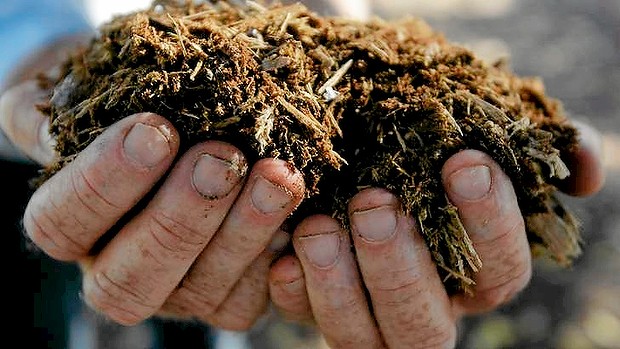
In our climate, mulching is one of the most sensible, cost effective treatments you can apply to your garden for all round positive results. Using the right mulch and using it the right way, can reduce the need to water by up to 60%, improve soil conditions, help minimize the need for manual weeding or […]
Winter…where did my garden go?
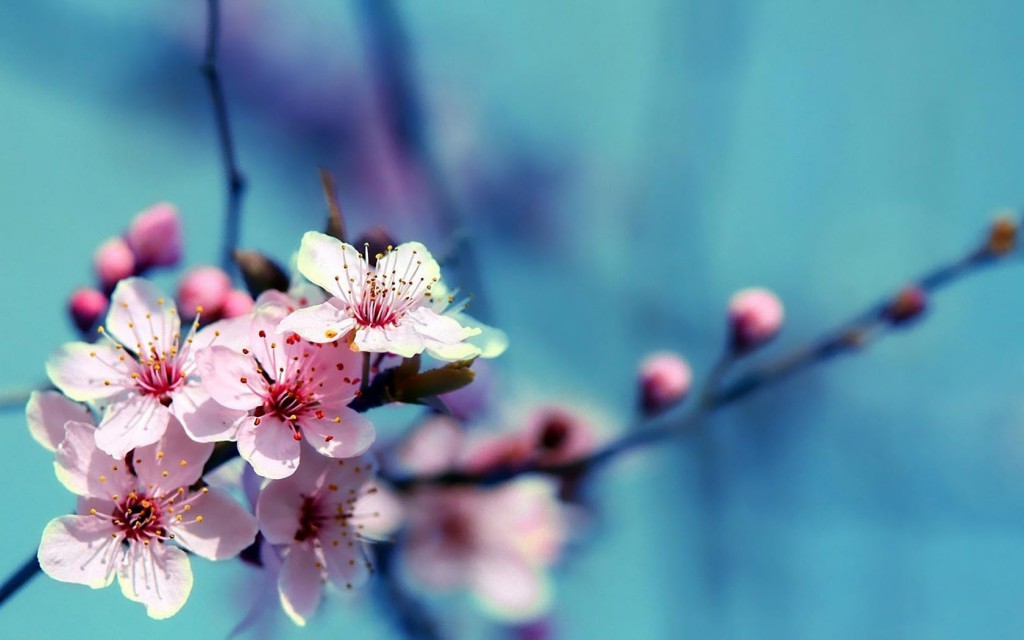
At first glance, your garden may appear to be barely alive in the long, dark cold days of winter. Most of the deciduous plants will be skeletal versions of their springtime selves, the ground hard and bare where all the spring and summer perennials have rotted away, the summer grasses yellowing off…a general sense of […]
Potted Gardens
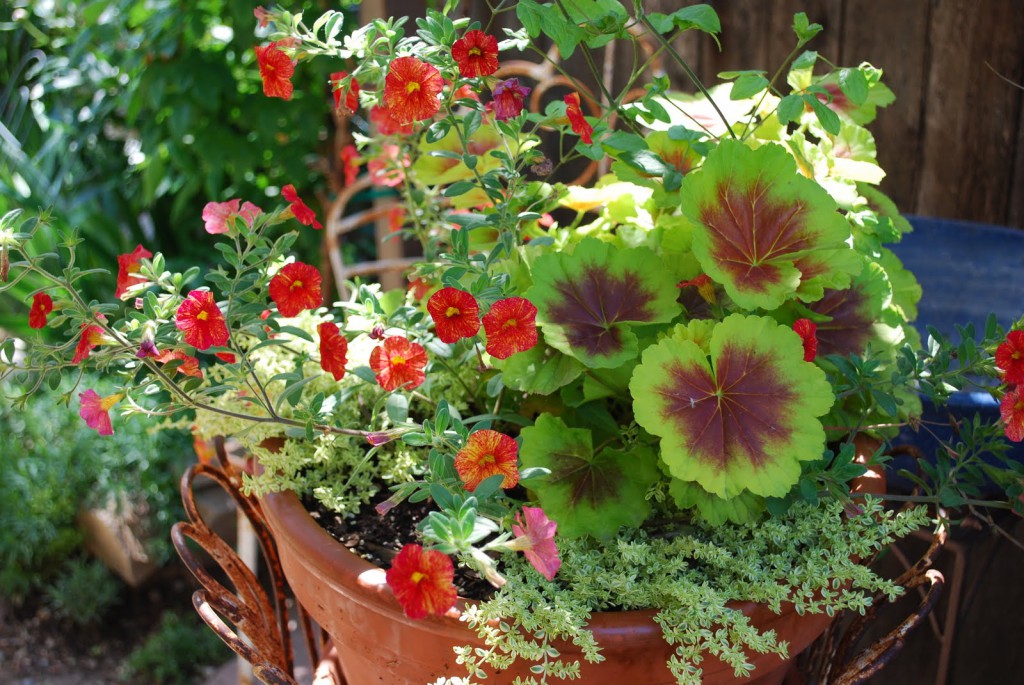
Creating a potted garden is just like arranging flowers; you build up layers of texture, colour and form in an arrangement to fill, highlight or lift the space…and when you are ready for a change, you just rearrange. Another reason for choosing to pot plants is that soil conditions and plant selection are not always […]
Japanese Garden Design
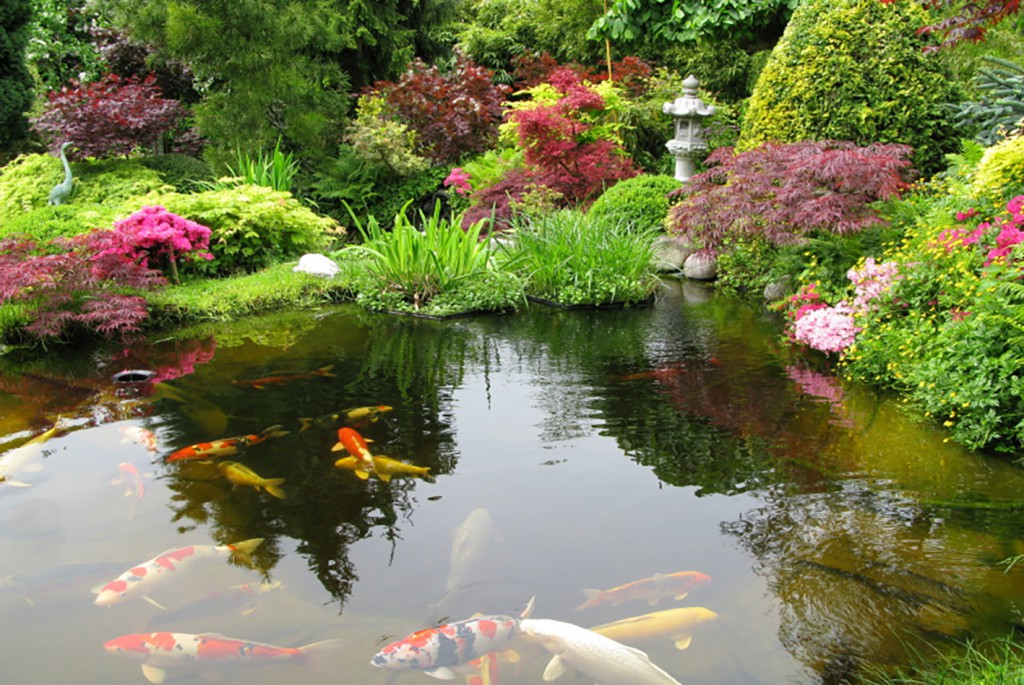
Japanese Gardens are part of the great tradition of landscape design. Did you know there are five basic styles of Japanese Gardens? Each highly stylized, they all have a specific theme and purpose and use plants and objects as symbols. Chisen-shoy?-teien or pond gardens Influenced by Chinese garden design, the ponds represent the seas and […]
Now’s the time for planting bare rooted trees…
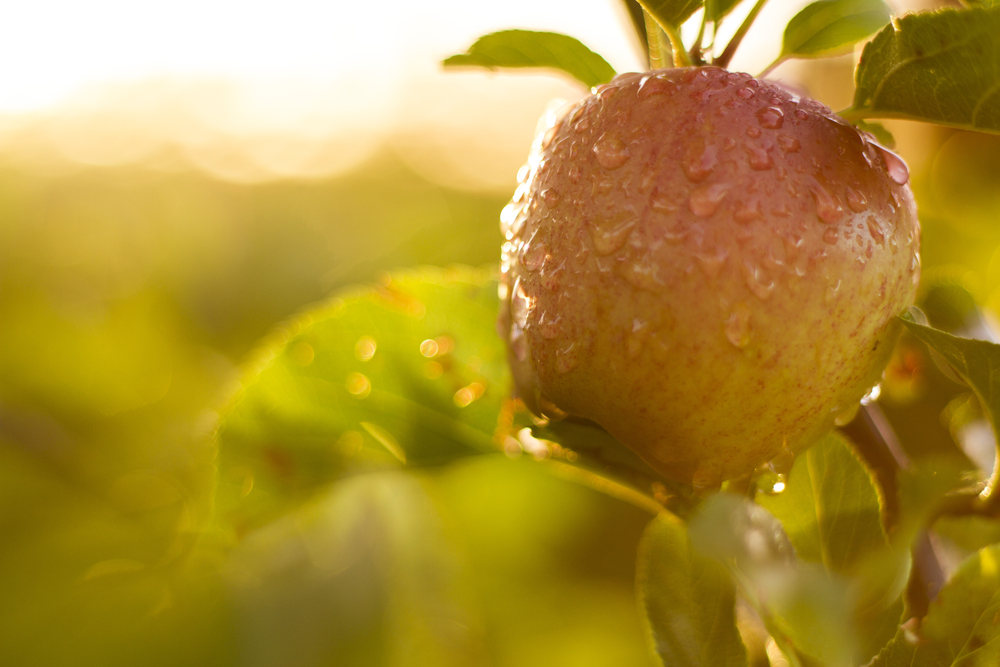
Bare rooted trees… Winter is a fantastic time for planning your garden and planting now will give your new plants the best chance to establish before the heat of the summer season. It is also the time of year when all the best of the classic and new varieties of bare rooted plants become available.
Gardening in Winter?

Not too cold for some… Winter in Melbourne can be cold and gloomy and we are all happiest snug inside our warm homes…the last thing we are thinking about is our gardens and outdoor areas…however, there are a few reasons why winter is a fantastic time to consider revamping your outdoor spaces…